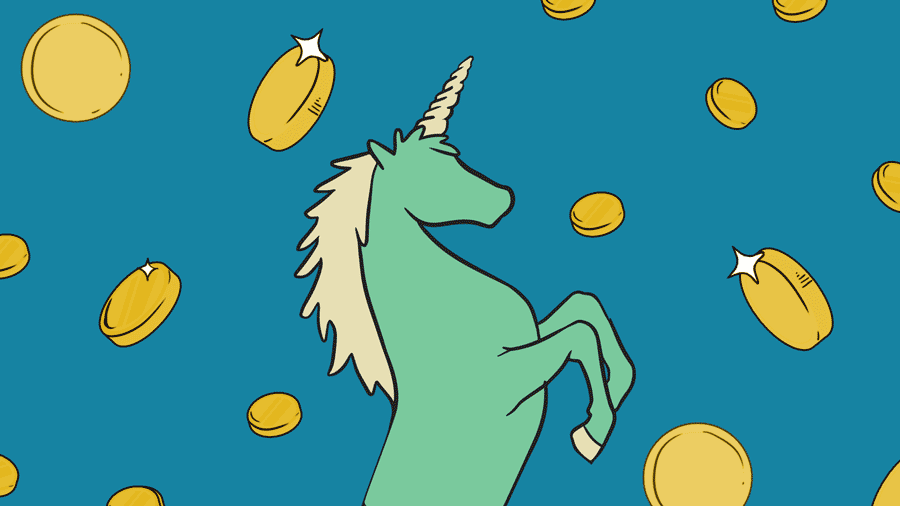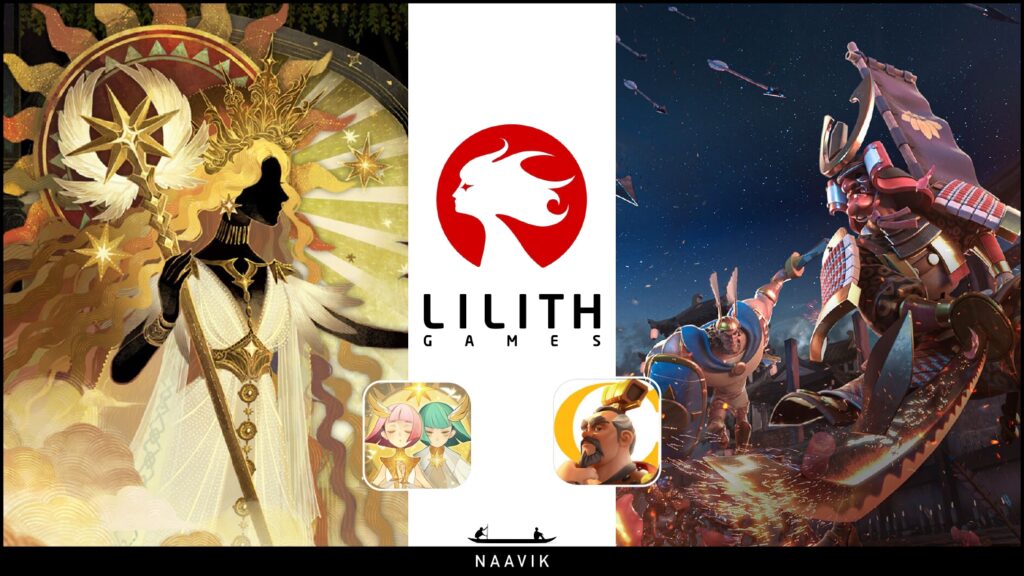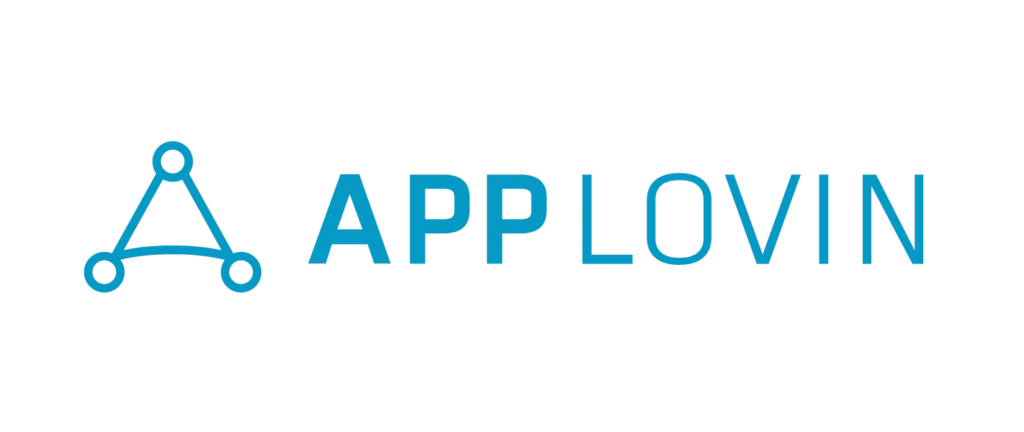Hi Everyone. Welcome back to Master the Meta. Last Sunday’s most popular links included: a16z's Ariana Simpson on The Crypto Gaming Revolution, more details around Roblox's decision to let developers create experiences, and the news around Parallel's fundraise. Let’s dive into today’s issue.
From The Archives: The Present & Future State of Gaming Venture Capital
Source: Crunchbase
A few months ago Naavik content consultant Matt Dion penned a deep dive exploring the growing world of gaming venture capital. Since we first published the piece, funding has only continued to accelerate, with key firms like a16z even rumored to be launching their own game-centric investment arm. With all the movement, there’s never a better time to get back up to speed by checking out our original deep dive. In this piece, Matt explores the present & future state of game-centric venture funding: the macro trends driving the growing interest in games investing, why VCs are seeing game studios as venture-scalable investments, and where the world of venture-backed gaming will head in the future. Be sure to check it out!
#1: Aurory’s Entry Into Play-To-Earn Games
Source: Aurory Litepaper
Aurory is a fantasy action play-to-earn Japanese RPG set in two futuristic worlds called Antik and Cryptos. The game features PvE gameplay where you’ll meet mystical creatures called Nefties. The team also plans to build a PvP experience where players can build up teams of Neftie NFTs to battle with other players. Where games like Blankos Block Party have been touted as an NFT Trojan Horse because of the easy on-ramp into web3, Aurory will serve a similar function to Solana.
Both these game modes will allow players to collect NFTs and $AURY tokens. Aurory is slated to become one of the first AAA games on the Solana blockchain -- they’ve managed to showcase the ability to build systems on Solana, and also continuously keep their community engaged with demos and content.
Examining the mechanics presented so far, Aurory looks like a fairly standard pet-raising RPG game, albeit with amazing, dreamlike artwork inspired by the likes of Disney and Studio Ghibli animated movies. Before even a playable vertical slice has been released, Aurory has managed to draw over $108M worth of commitment at a 1.55B $AURY valuation. How?
Source: Aurory Project
Play-to-Earn Games
Aurory aims to set the standard for play-to-earn games, with a special focus on education. The goal is to be the on-ramp to the Solana ecosystem and the larger cryptocurrency space. They also emphasize the importance of building a challenging platform, and actively lean into encouraging decentralized finance (DeFi) enthusiasts in their game with features such as staking, and collateralization of NFTs (explained in more detail later).
What Makes Aurory Significant?
Aurory uses the same play-to-earn game mechanics that have made games like Axie Infinity (AXS) wildly successful. Players can earn tokens ($AURY) and NFTs by playing the game, which can later be used to buy items in the marketplace and improve their chances of success in the game.
Aurory’s team also is uniquely suited to the challenge: they have an A-team of artists, animators, and developers with previous experience working with AAA teams like Ubisoft & EA, as well as experience working and shipping their own 2D and 3D games. Yann Penno, the co-founder and art director of Aurory, is presented as an “artistic swiss army knife” with a “colorful visual style” and a “love for Dragon Ball”.
Source: Aurory Litepaper
In web3 games, the challenge of building on the blockchain is foregrounded because it’s the innovative piece for games like Aurory. And so rather than be a “marketplace”, it’s a “decentralized exchange platform for near-instant settlement”. This unlocks trustless trade for assets that doesn’t rely directly on Aurory settling those trades.
Even beyond the technical affordances of building on the blockchain, building with the web3 ethos in mind leads to a radically different game development plan. Engagement with players, iterative delivery of content, and social media engagement on multiple platforms are common features. One of my favorite examples is that for a while, Star Atlas had a #chat-with-swagner channel, where the community could chat directly with the CEO of Star Atlas. Aurory is building with this same mindset. Web3 game devs are becoming more accessible and accountable to their community, who are now their investors.
Aurory has proven to be incredibly popular with players and investors -- 10,000 unique Aurorians were minted in September within 3 seconds, and their webpage had 55,000 unique visitors and 350,000 requests.
Aurorians
The Aurorian NFT provides a way for players to pledge and signal their early support of the game, much like a Kickstarter T-shirt. In return, these supporters get exclusive perks, such as access to private alphas and betas of future game modes. Aurory has a plan for these NFTs to act as in-game 3D evolvable models in the future.
These NFTs can also be used as collateral to borrow liquidity for Serum DEX. The team also plans to have farming and staking options for the AURY token.
A Push For Quality
Aurory is part of a trend of rapidly increasing quality for blockchain games. They are one of the first AAA blockchain games that has demonstrated a polished demo, where a character is able to walk around in the world. This also signals interest for a play-to-earn game with deeper, more challenging, and as of yet unrevealed, game mechanics.
But what Aurory lacks in gameplay, it makes up for in pre-game activities and marketing. Even before any playable demos, the Aurory team has already shown a highly sophisticated stakeholder and player engagement strategy, similar to Star Atlas and other blockchain games. This has led to a total of $108M USDC contributed for 7% of the token, giving their token ($AURY) a fully diluted market capitalization of $1.55B.
They even signal towards the ability to stake or lock up these $AURY tokens, which makes players eligible for NFT drops and allows users to earn yield from marketplace transactions.
Romain Schneider of Janeious Games, who’s working on a stealth P2E RPG suggests that play-and-earn monetization is valuable because it can shift players towards an investment mentality -- and this can start well before the game has even entered production. The mindset of players is shifting towards ownership, not just of their own assets, but of the direction of the game as well.
When Michael “Swagner” Wagner from the Star Atlas team was asked the immortal question “wen game” (translated: when is the game coming), he responded: “you’re already playing it.” The financial aspects of the game is in fact gameplay before the gameplay. The same goes for Aurory.
The growing trend we see for AAA blockchain games seems to be as follows:
-
Raise funding via multiple initial sales & trailers
-
Market using the promise of play-to-earn game mechanics
-
Show evidence of competency with the blockchain (building and releasing on-chain components like marketplaces; handling airdrops)
-
Build the video game while engaging the community with events.
Interoperability across game modes
Their initial DEX offering (IDO) for the Aurory token (AURY) happened over this past weekend: 7% of their total token supply (7,000,000 tokens, out of 100,000,000) was auctioned using the IDO program pioneered by Mango Markets.
Their IDO system works roughly as follows:
-
Anyone with a Solana wallet can deposit USDC (a USD stablecoin) into the IDO.
-
At the end of the seventy-two hour IDO, the locked USDC is traded with AURY tokens and AURY is distributed accordingly in proportion to all individuals who locked up USDC.
This is different from the traditional route of fundraising via an ICO platform like Coinlist, where they employ whitelists, or fundraising via NFT sales, which come with the challenge of gas wars and limited upside. Fundraising using an IDO allows the Aurory team to capture the full interest in their project, and ultimately gives multiple stakeholders part of the upside of Aurory at a very early stage. It also facilitated real-time price discovery for their token, and most importantly, validated Aurory’s ability to ship new features on Solana.
The two major hurdles that blockchain game developers will face relate to (1) delivering features that no one has ever built before on schedule (like a decentralized exchange integration), and (2) designing blockchain-native game mechanics using affordances inherent to the blockchain, such as digital scarcity, payments, a global state layer, staking and liquidity provision.
Games have become a skillful means to sneak DeFi & true digital ownership to more consumers, through the vehicle of cute digital characters that one can truly own. Sure, it may not be directly accessible: to begin to engage with the game, one has to first possess a Solana wallet -- but the $108M committed to Aurory via their $AURY IDO, and the revenue generated by Aurorian NFT sales, already demonstrate the interest that players and investors have in being a part of the Aurory story and the potential upside of being an early adopter in these virtual worlds. (Written by Ryan Foo, Game Econ and NFTs at Delphi Digital)
📚 Content Worth Consuming
Perspectives On Extended Reality (BITKRAFT): “Reality Check” represents our latest thinking on the prospects of extended reality. It presents us with an opportunity to explain why we believe the outlook is better than most pundits would have you believe—and that it’s potentially closer to fruition than you might think. Moreover, in just a few short years extended reality headset shipments are expected to surpass console sales by 20 million units. What might this mean for interactive entertainment? And what inferences can we make about how business and investment opportunities might evolve as a result? Link
Currency Crisis in New World (PlayerAuctions): “Players in New World are experiencing a rare economic crisis, at least within the scope of online gaming: deflation. More money is leaving circulation than can be replaced. MMO players are more familiar with the opposite issue of rampant inflation, as most MMOs do not have enough currency sinks to prevent the accumulation of money, leading prices for materials, armor, items, housing, or anything in-between to rise, often rapidly. Barring developer interventions, the price of goods trends inevitably upwards.” Link
LiveOps Events in Hypercasual Games (Mastering Retention): “On today's episode of Mastering Retention, Ido Naim (VP of LiveOps at Tripledot Studios) speaks with Tom about executing LiveOps events in hyper-casual games and discusses how LiveOps translates to ad-based games.“. Link
🔥 Featured Jobs
-
Bebopbee: Community Manager (Menlo Park, CA)
-
Immutable: BD Exec, Gaming (Remote, US/EU)
-
Ubisoft: Junior Technical Artist (Bucharest, Romania)
-
Hypixel: Senior Game Designer (Remote, Global)
-
Piepacker: Tech Director (Remote, EU)
-
Playco: Financial Planning & Analysis Consultant (Remote, US)
You can view our entire job board — all of the open roles, as well as the ability to post new roles — below.
Thanks for reading, and see you next week! As always, if you have feedback let us know here.












